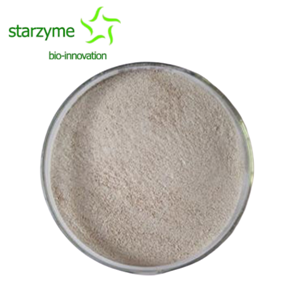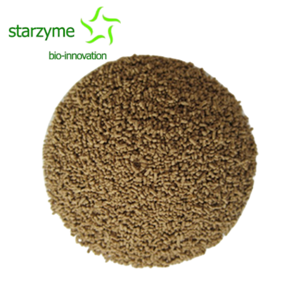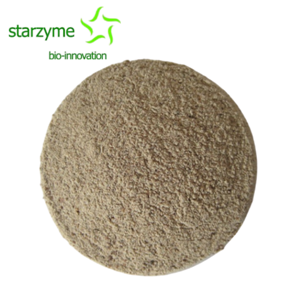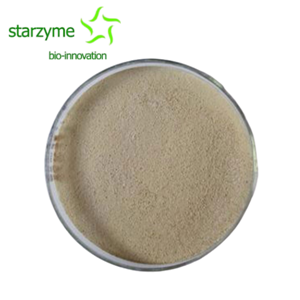Why Is Bacillus Subtilis So Widely Used? PART 2
"Work from recent years has transformed our view of what B. subtilis can do within the GI tract of animals. In the past, B. subtilis was thought to be an obligate aerobe that simply transited through the mostly anaerobic GI tract as a spore. Therefore, any benefit incurred by its consumption was thought to be due to some intrinsic property of the spore. Recent evidence, however, suggests that B. subtilis can complete its entire life-cycle within the GI tract going from spore to vegetative cell and sporulate again. In fact, growth within the GI tract must be robust enough such that it can out-compete pathogens like E. coli in poultry GI tracts when administered orally." In summary, current data suggest that B. subtilis's apparent ubiquity is not solely a consequence of spore persistence in these environments. Instead B. subtilis appears to grow in diverse environments including soils, on plant roots, and within the GI tract of animals. (Earl, Losick, Kolter, 2008).
What can genomics teach us about B. subtilis ecology?
Today we find ourselves in a golden age of genomics thanks to increasingly facile methods for generating, assembling, and analyzing large amounts of sequence information. We no longer need to rely solely on isolation geography, behaviors in the laboratory, or anecdotal reports to gather a picture of a species' ecology. In addition, we can investigate the genes present or absent in any strain of interest. The identity of the proteins predicted to be encoded in an organism's genome can reveal much about that organism's lifestyle and the habitats where it resides. The genome sequence of B. subtilis 168 has provided many insights into the lifestyles of the organism. Consistent with the view that the bacterium is not a pathogen, no genes coding for known virulence factors were found. Interestingly, the genome encoded numerous pathways for the utilization of plant-derived molecules, bolstering the idea that this species associates intimately with plants. One observation challenged the long-held belief that B. subtilis was an obligate aerobe; genes encoding a putative respiratory nitrate reductase were found. This suggested that B. subtilis should be able to grow anaerobically using nitrate instead of oxygen as an electron acceptor. Anaerobic growth of B. subtilis in the presence of nitrate has since been demonstrated experimentally. The discovery that B. subtilis can indeed grow anaerobically further supports the idea that vegetative life within the mostly anaerobic GI tract of animals is feasible.
The genome sequence also revealed that B. subtilis has dedicated a relatively large portion of its genome (~4%) to making secondary metabolites. Some of these compounds are potent inhibitors of fungi and bacteria and likely allow B. subtilis to compete in the natural environment, promote plant growth, and serve as a probiotic.
Earl, A. M., Losick, R., & Kolter, R. (2008). Ecology and genomics of Bacillus subtilis. Trends in Microbiology, 16(6), 269–275. https://doi.org/10.1016/j.tim.2008.03.004.




